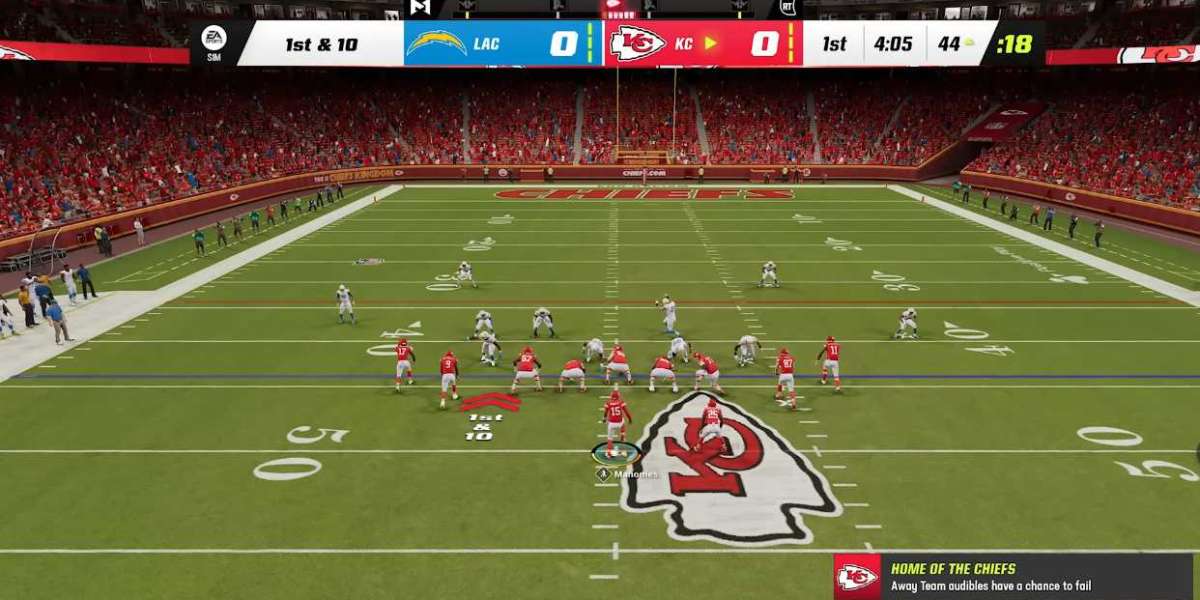In today’s digital world, businesses of all sizes are using Google Ads to connect with potential customers and boost sales. Whether you're running a small startup or managing a large enterprise, Google Ads provides a powerful platform to help you grow your business by driving targeted traffic to your website. But how exactly can you use Google Ads to maximize your results? In this blog, we will walk you through the key strategies to effectively use Google Ads to increase website traffic and skyrocket your sales.
Why Google Ads?
Google Ads is one of the most effective digital advertising tools available today. With over 3.5 billion searches on Google every day, the potential to reach your target audience is enormous. Through Google Ads services, businesses can place ads directly in front of people who are actively searching for products or services similar to theirs. Whether you are looking to attract local customers or expand your reach globally, Google Ads offers a broad range of options to suit your goals.
Step 1: Set Clear and Measurable Goals
Before launching a Google Ads campaign, it’s crucial to define what you want to achieve. Do you want to increase brand awareness, drive more traffic to your website, generate leads, or boost sales?
Having clear, measurable goals will guide your campaign decisions and help you measure success. For example:
- Brand Awareness: If you're looking to increase brand recognition, use campaigns that target a larger audience, such as display ads.
- Sales Generation: For businesses looking to increase sales, focus on highly targeted campaigns like Shopping Ads or Search Ads that appear when users search for your products.
Step 2: Choose the Right Keywords
One of the most critical components of a successful Google Ads campaign is keyword selection. You want your ads to appear in front of users who are searching for exactly what you're offering. To choose the right keywords:
- Start with broad terms that describe your product or service.
- Use Google Keyword Planner to research additional keywords, including long-tail keywords (more specific phrases) that may have less competition but can lead to higher conversions.
- Match your keywords to user intent. For example, if someone searches “buy running shoes online,” they’re likely ready to make a purchase. If someone searches “best running shoes for women,” they might be in the research phase.
Step 3: Create Compelling Ads
Your ad copy plays a major role in how successful your Google Ads campaign will be. The goal is to grab attention, convey your message quickly, and encourage users to click. Here are some tips to help you create compelling ads:
- Use clear and concise language: Keep your message simple and to the point.
- Include your keywords: Use the keywords you’ve targeted within your ad copy. This will increase relevance and improve your Quality Score.
- Create a strong call-to-action (CTA): Phrases like “Shop Now,” “Learn More,” or “Get Started Today” encourage users to take action.
- Highlight unique selling points: What sets your business apart from competitors? Whether it's free shipping, a limited-time discount, or a special promotion, make sure to mention it in your ad.
Step 4: Optimize Your Landing Pages
Once a user clicks on your ad, they should land on a page that matches their expectations. A great ad can drive traffic, but a poor landing page will drive them away. To optimize your landing pages:
- Ensure relevance: Make sure the content on your landing page closely matches the message in your ad.
- Include a clear CTA: Guide visitors to the next step, whether it's making a purchase or filling out a contact form.
- Simplify navigation: A clean, easy-to-navigate landing page makes it easier for visitors to take action.
- Mobile-friendly: With more than half of all internet traffic coming from mobile devices, ensure your landing page is optimized for mobile users.
Step 5: Set a Realistic Budget and Bid Strategy
Google Ads works on a pay-per-click (PPC) model, meaning you only pay when someone clicks on your ad. Setting a reasonable budget is important to ensure you get the most out of your campaigns.
- Daily budget: This is the maximum amount you’re willing to spend each day on your campaign. Set a budget that aligns with your goals and available resources.
- Bidding strategy: Google offers several bidding strategies, including:
- Manual CPC: You control the cost-per-click bid for each keyword.
- Enhanced CPC: Google adjusts your bid automatically to increase your chances of conversion.
- Target CPA (Cost per Acquisition): Google automatically adjusts bids to help you achieve your target cost per conversion.
- Target ROAS (Return on Ad Spend): A more advanced strategy that helps maximize your return on investment.
Step 6: Monitor and Analyze Your Campaigns
Once your Google Ads campaigns are running, it’s essential to monitor performance regularly. Google Ads provides in-depth analytics and reporting tools that allow you to track your campaign’s performance. Key metrics to focus on include:
- Click-Through Rate (CTR): This shows how many people clicked your ad compared to how many saw it. A high CTR suggests your ad is engaging and relevant.
- Conversion Rate: This shows the percentage of visitors who took the desired action (e.g., made a purchase or filled out a form).
- Cost per Conversion: This tells you how much you’re spending to acquire a customer. Optimizing this metric is crucial for maximizing your ROI.
- Quality Score: A measure of how relevant your ads, keywords, and landing pages are to your target audience. Higher Quality Scores often lead to lower costs per click.
Step 7: Optimize and Refine Your Campaigns
Google Ads is not a set-it-and-forget-it platform. It requires continuous optimization to improve results and reduce costs. Regularly review your campaigns and make adjustments to improve performance. This might include:
- A/B testing: Test different ad variations to see which one performs better.
- Negative keywords: Add negative keywords to avoid wasting ad spend on irrelevant traffic.
- Ad extensions: Use ad extensions to give users more reasons to click, such as adding phone numbers, location information, or additional links.
Step 8: Work with Google Ads Services
If you’re feeling overwhelmed or just want to ensure your Google Ads campaigns are running at their full potential, partnering with a professional team can make a world of difference. Google Ads services can help you manage your campaigns, optimize performance, and ensure you're getting the best return on your investment. Whether you’re new to Google Ads or looking to improve your existing campaigns, a team of experts can guide you through the process and deliver measurable results.
Conclusion
Using Google Ads to drive traffic and boost sales is a powerful strategy for businesses of all sizes. By following these steps—from defining clear goals to optimizing your campaigns—you can maximize the effectiveness of your Google Ads campaigns. Whether you’re looking to generate leads, increase brand awareness, or drive online sales, Google Ads offers a range of tools and features to help you succeed. If you need expert help, consider leveraging Google Ads services to ensure you're getting the best results. Start today and watch your business grow!









